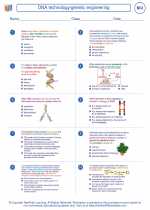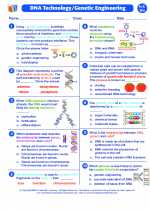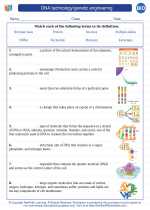Radio Telescope
A radio telescope is a specialized instrument used to detect and study radio waves from celestial objects in the universe. These telescopes are designed to capture and analyze the radio emissions given off by stars, galaxies, and other astronomical phenomena. They are an important tool in modern astronomy, providing valuable insights into the nature and behavior of distant cosmic objects.
How Does a Radio Telescope Work?
Radio telescopes work on the principle of collecting and amplifying radio waves from space. They consist of a large dish or array of dishes that are specifically designed to gather radio waves. These waves are then focused onto a receiver, which detects and amplifies the signals. The data collected by the receiver can then be analyzed to study the properties of the celestial objects that emitted the radio waves.
Uses of Radio Telescopes
Radio telescopes have a wide range of applications in astronomy. They can be used to study the structure and dynamics of galaxies, map the distribution of interstellar gas and dust, and investigate the properties of pulsars and quasars. They are also used to search for signs of extraterrestrial intelligence and to study the cosmic microwave background radiation, which provides important clues about the early universe.
Study Guide for Radio Telescopes
- What are radio telescopes and how do they work?
- What are the main uses of radio telescopes in astronomy?
- How are radio telescopes different from optical telescopes?
- Explain the importance of radio telescopes in the search for extraterrestrial intelligence.
- Discuss the role of radio telescopes in studying the cosmic microwave background radiation.
Understanding the principles and applications of radio telescopes is crucial for anyone interested in the field of astronomy. By studying this topic, you will gain valuable insights into the tools and techniques used by astronomers to explore the universe.
.◂Biology Worksheets and Study Guides High School. DNA technology/genetic engineering

 Worksheet/Answer key
Worksheet/Answer key
 Worksheet/Answer key
Worksheet/Answer key
 Worksheet/Answer key
Worksheet/Answer key
 Vocabulary/Answer key
Vocabulary/Answer key
 Vocabulary/Answer key
Vocabulary/Answer key
 Vocabulary/Answer key
Vocabulary/Answer key
